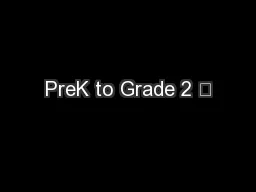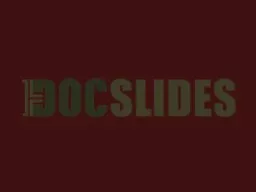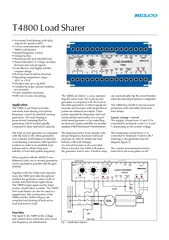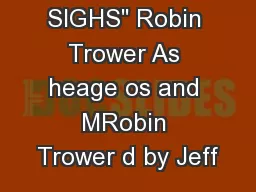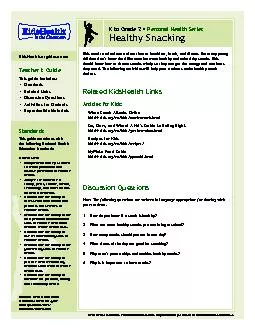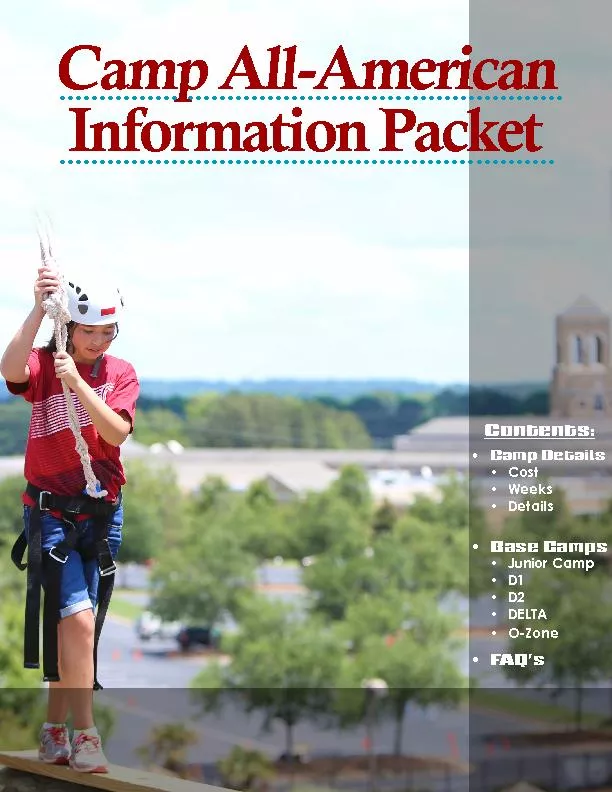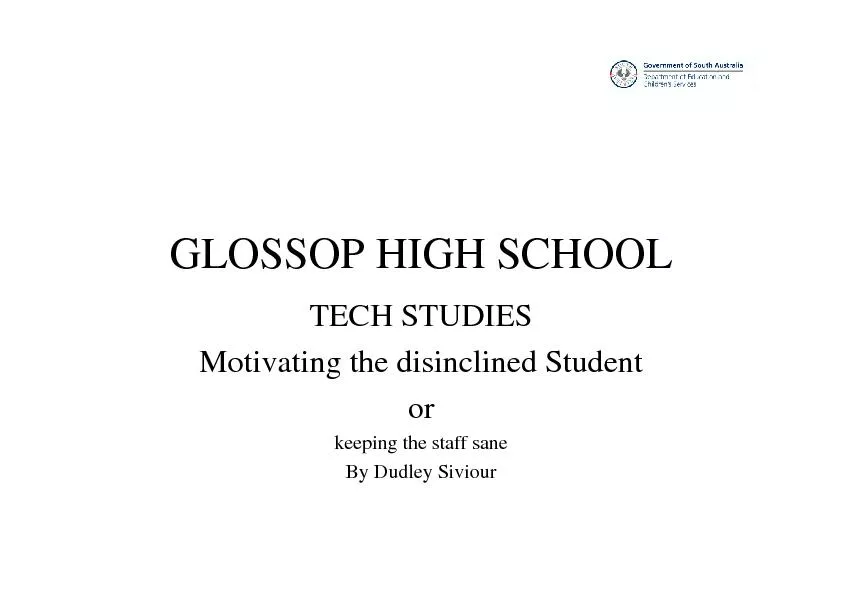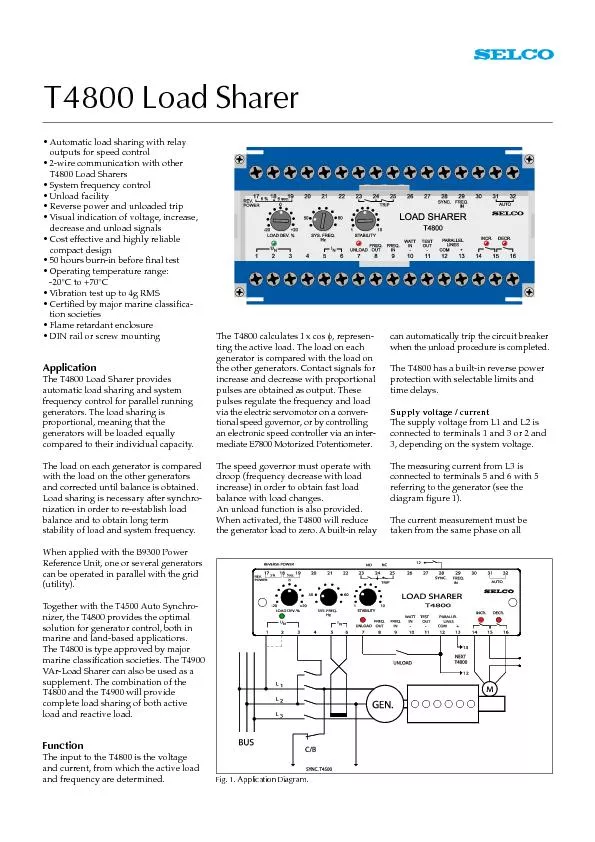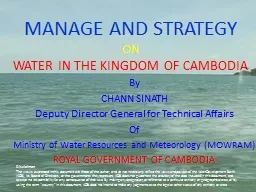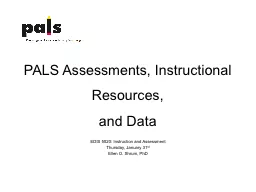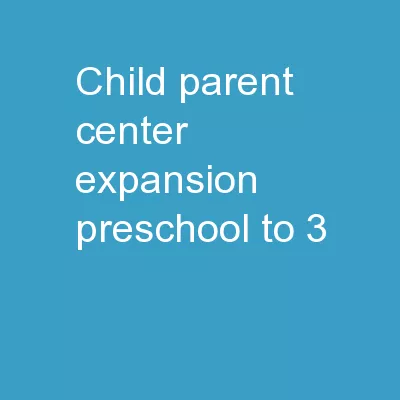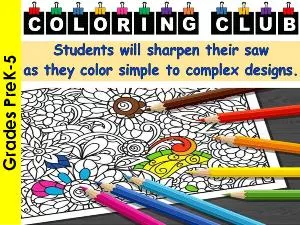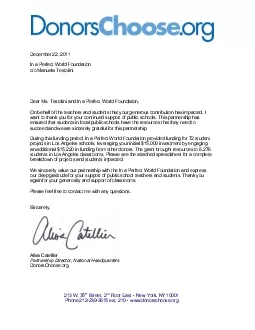PDF-PreK to Grade 2 •
Author : tawny-fly | Published Date : 2016-08-11
Human Body Series Mouth and Teeth The following activities will help your students learn about teeth and the mouth as well as gain insight into the importance of
Presentation Embed Code
Download Presentation
Download Presentation The PPT/PDF document "PreK to Grade 2 •" is the property of its rightful owner. Permission is granted to download and print the materials on this website for personal, non-commercial use only, and to display it on your personal computer provided you do not modify the materials and that you retain all copyright notices contained in the materials. By downloading content from our website, you accept the terms of this agreement.
PreK to Grade 2 •: Transcript
Download Rules Of Document
"PreK to Grade 2 •"The content belongs to its owner. You may download and print it for personal use, without modification, and keep all copyright notices. By downloading, you agree to these terms.
Related Documents

